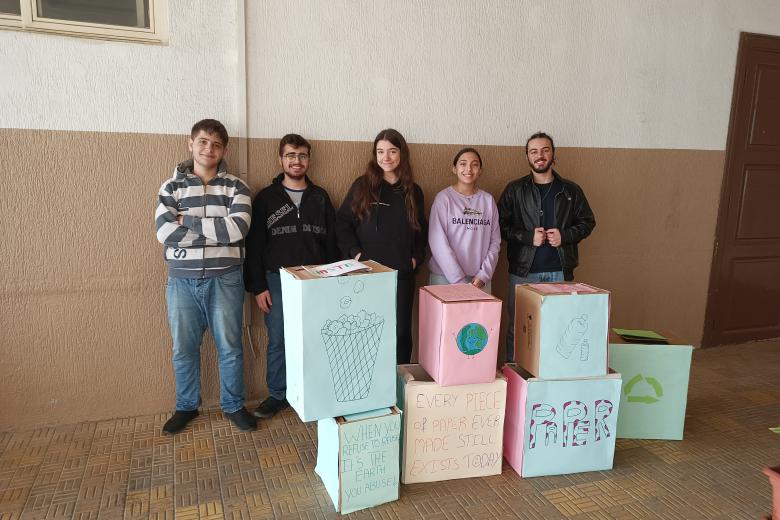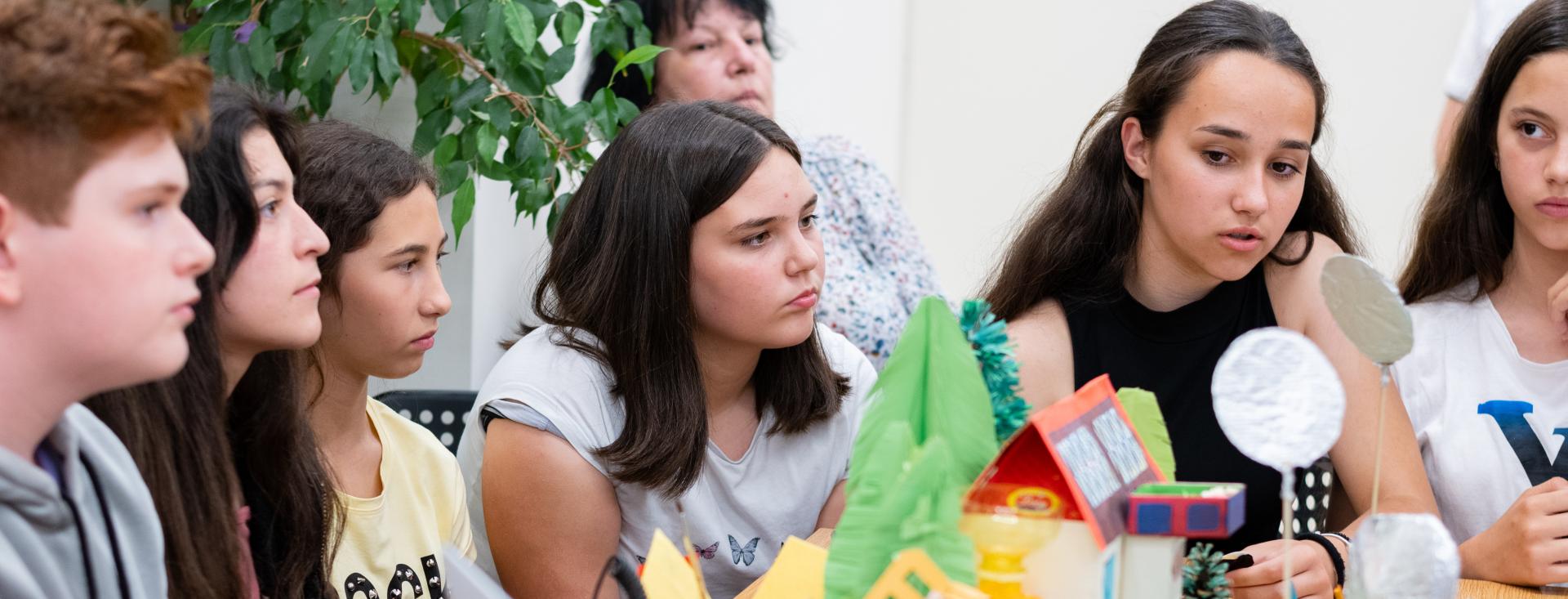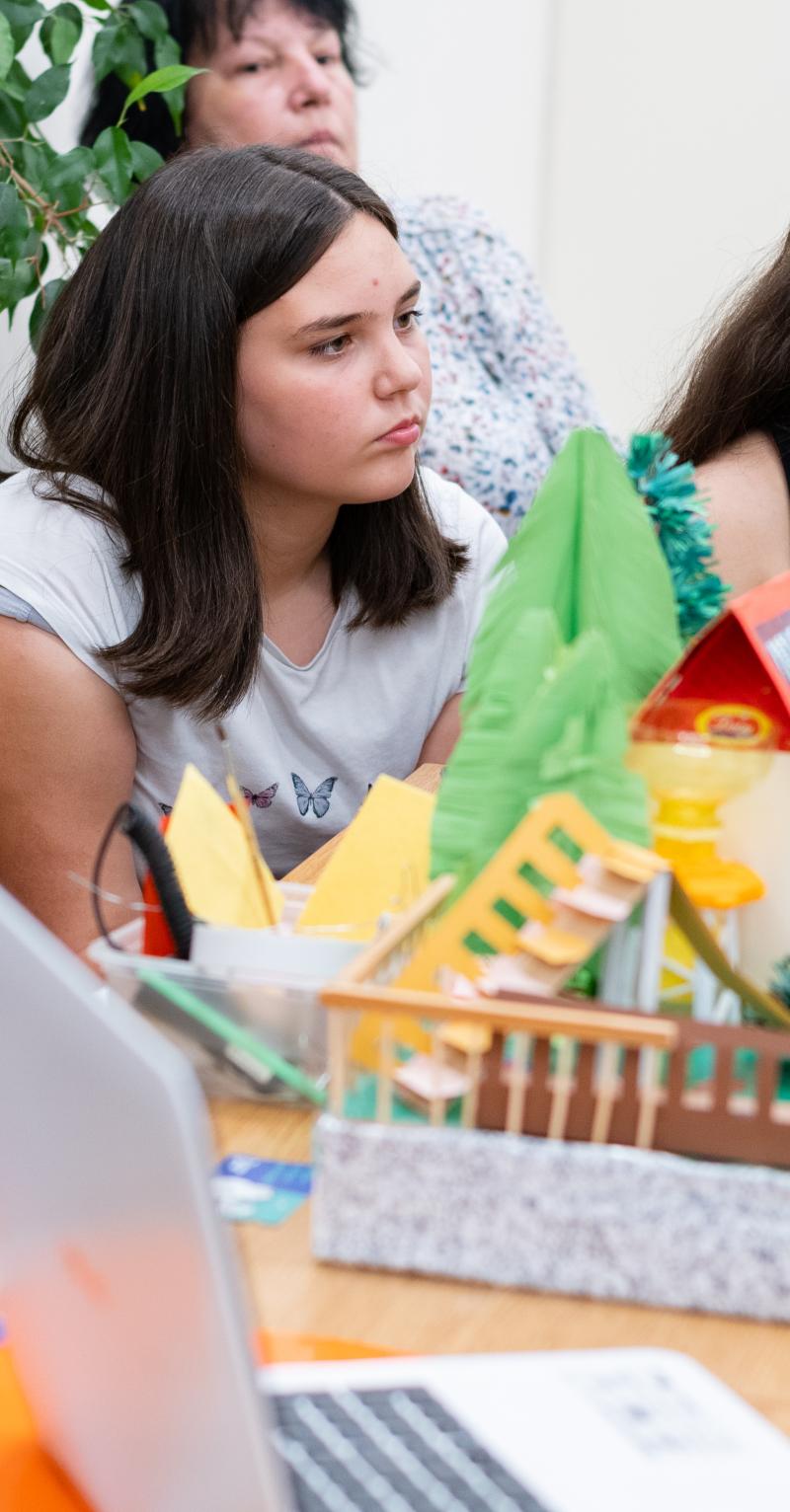Teach For All’s Climate Education and Leadership initiative aims to help bring high-quality, locally rooted, and empowering climate and environmental sustainability education to all schools and classrooms. A key barrier to this vision is providing interested teachers, school leaders, and others with easy access to suitable materials and resources. While a wealth of high-quality climate change materials exists globally, most educators struggle to access these resources, evaluate whether they are fully trustworthy, contextualize them, and identify how best to use them.
To address this gap, we have developed the following:

Climate Education Resource Hub
A curated, indexed, and easily navigable database of diverse, high-quality climate education resources, developed both within and beyond the Teach For All network. You can navigate the resource hub by using the filters or simply by searching for topics you’re interested in. Each resource includes a profile page with information about its content.

Resource Contextualization Guide
Climate education resources are often generic or developed for a specific cultural, environmental, and societal context (e.g., for the United States or Western Europe). As a result, the approach and examples in those resources often don’t reflect the realities—language, culture, lived experience of climate impacts—or the relevant solutions to climate challenges for many communities and learners around the world.
Educators in such places don’t need to start from scratch, however. This guide is designed to help you adapt and customize the language and content of existing climate education resources to your local context.

